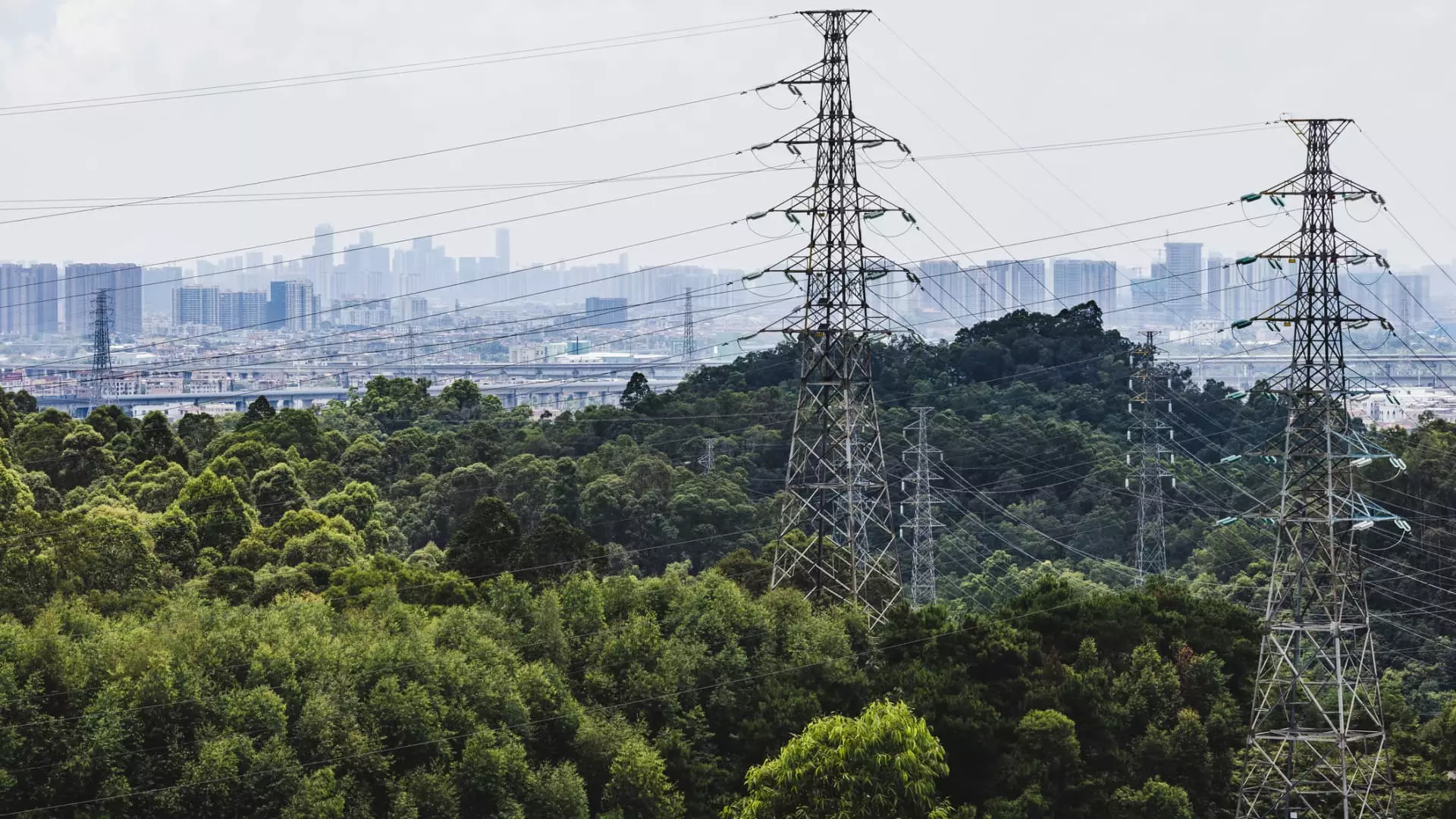As the dust settles on broader inflation and economic tendering in the United States, a more sinister force is taking hold—skyrocketing electricity prices. According to recent data, electricity costs for American households have surged a daunting 4.5% over the past year, starkly contrasting with the subdued inflation levels seen across other industries. This trend appears to be far from over; the U.S. Energy Information Administration (EIA) has projected a continuous rise in electricity prices outpacing general inflation through at least 2026. This relentless climb casts a shadow over household budgets, necessitating an urgent conversation about the foundational issues plaguing our energy grid.
Distorted Supply and Demand Dynamics
At the heart of this crisis lies a fundamental imbalance of supply and demand. David Hill, the executive vice president of energy at the Bipartisan Policy Center, aptly summarized the scenario, identifying a story of rising demand clashing with inadequate supply. Surprisingly, the pace of electricity generation growth has failed to keep up with the accelerating demand—an alarming forecast for households increasingly reliant on technology.
Hidden beneath the surface of rising costs is a creeping pattern affecting various regions differently. The average household spent approximately $1,760 on electricity in 2023—a staggering economic burden that varies significantly by state. For instance, households in Hawaii confront an astonishing price of around 41 cents per kilowatt-hour compared to a mere 11 cents in North Dakota. The disparity reveals that geographic realities and local energy policies are crucial determinants, as an electricity pricing gap emerges that disproportionately impacts consumers in the Pacific, Middle Atlantic, and New England regions.
The Electrification Explosion and Its Consequences
Moreover, a seismic shift toward electrification is exacerbating the scenario. As the United States pivots away from fossil fuels to mitigate greenhouse gas emissions, the proliferation of electric devices—from smart-home technology to electric vehicles—has created an insatiable demand for electricity. Jennifer Curran, a senior executive at the Midcontinent Independent System Operator, hinted at this unforeseen escalation, especially due to the burgeoning use of data centers. These data behemoths are projected to consume up to 12% of the total U.S. electricity supply by 2028, up from just 4.4% in 2023. The link between rampant technological reliance and energy consumption cannot be overstated—in the near future, our thirst for data could eclipse the traditional industries long associated with high electricity demand.
Infrastructure: A Crumbling Backbone of Progress
Compounding these woes is the abysmal state of infrastructure. Our electric grid, which once symbolized American ingenuity, is crumbling under the weight of modern demands. Experts indicate that transmission line growth is stagnating, lagging dramatically behind targets set by the Energy Department. What was once a state-of-the-art grid is now viewed as antiquated, hampered by aging equipment and inflated costs.
The critical shortfall in transformer equipment—a central component of our electricity distribution system—emphasizes the desperate need for rapid modernization. With delivery timelines stretching from weeks to years, households are left in the lurch, grappling with escalating bills and diminishing reliability. The grim reality that half of all U.S. transformers are at the end of their useful lives paints a dire picture; without urgent upgrades and replacements, the electric grid risks catastrophic failures in the coming years.
The Rising Tide of Consequences
As prices creep upwards and supply struggles to keep pace, the variables complicating this issue are numerous and intertwined. A backdrop of population growth, increased cryptocurrency mining, and the continuous push for electrification in homes and industries only adds fuel to the fire. The promise of renewable energy cannot become a mere platitude; it demands action to ensure its integration into our hyper-connected world.
Despite these challenges, the U.S. energy landscape is not doomed. The conversation around electrification, green energy, and robust infrastructure is more crucial than ever. Center-wing liberals must champion progressive energy policies that not only meet our current needs but anticipate future challenges. The pursuit of sustainable, technologically equipped energy systems will require collaboration, investment, and, above all, a commitment to modernization.
In closing, one thing is clear: ignoring the imminent energy crisis is no longer an option. As household budgets and livelihoods threaten to buckle under the pressure of rising electricity prices, the need for innovative solutions and systemic reform is paramount. Transforming the energy landscape isn’t just about keeping the lights on; it’s about building a resilient future for generations to come.

